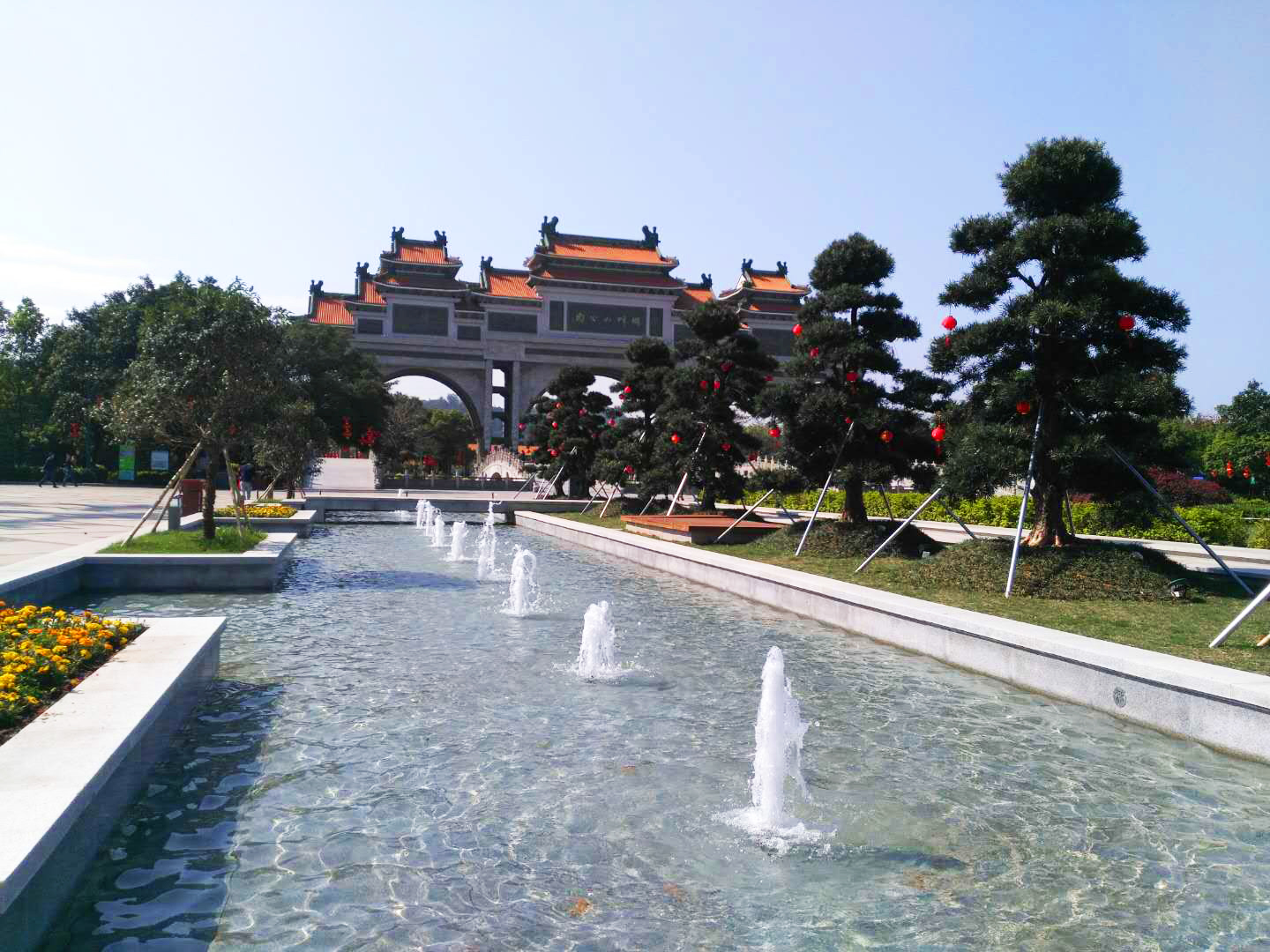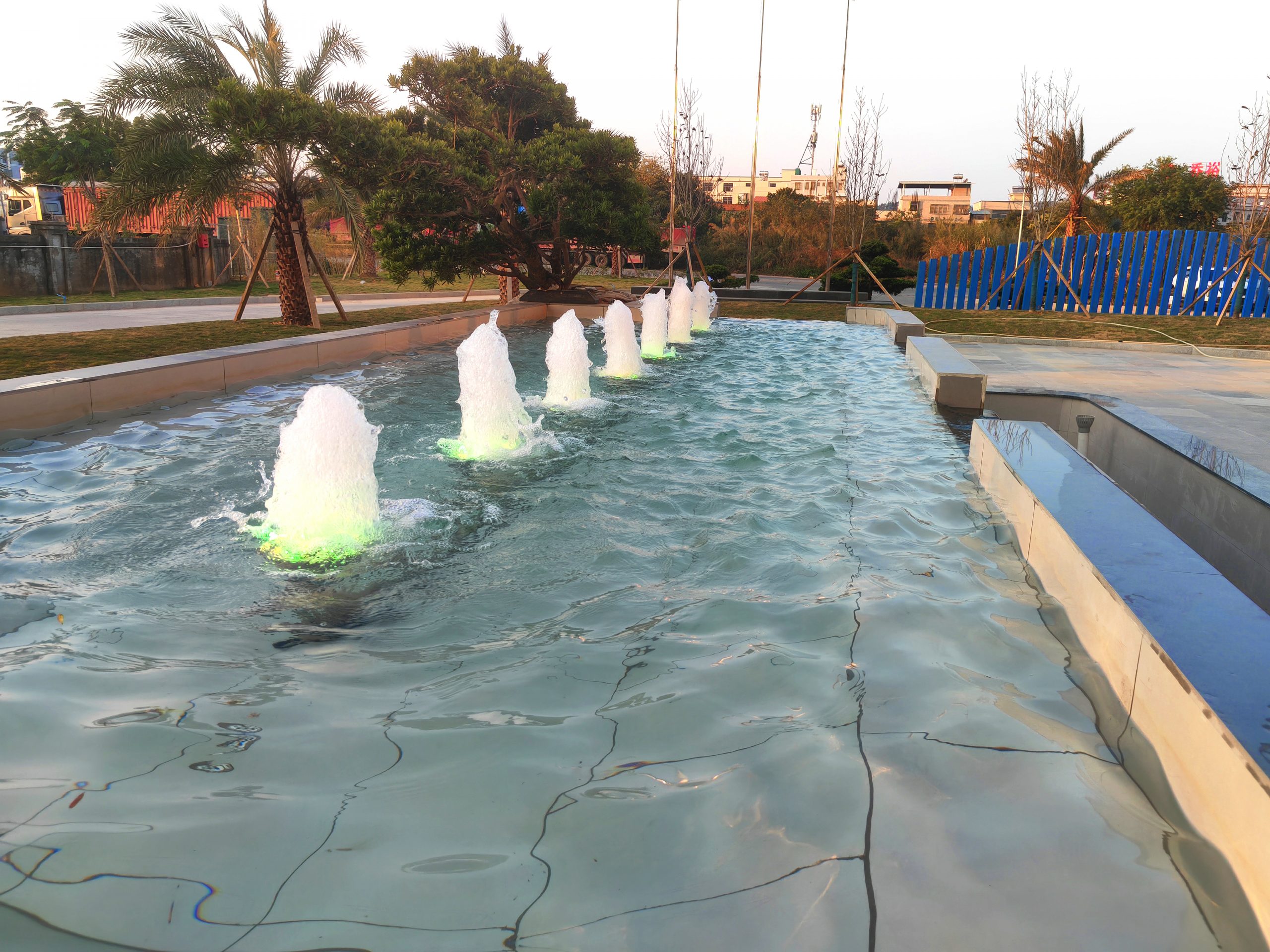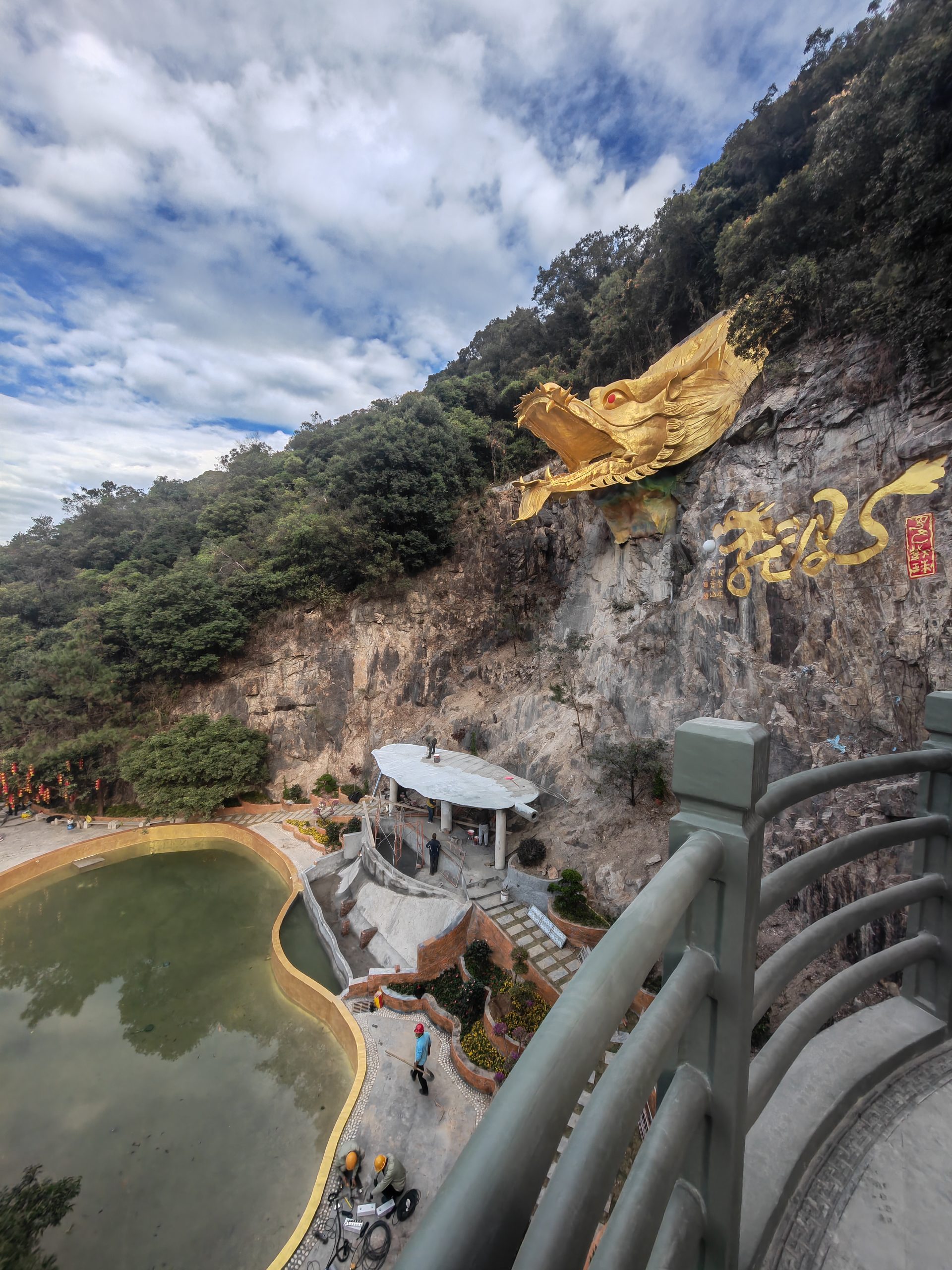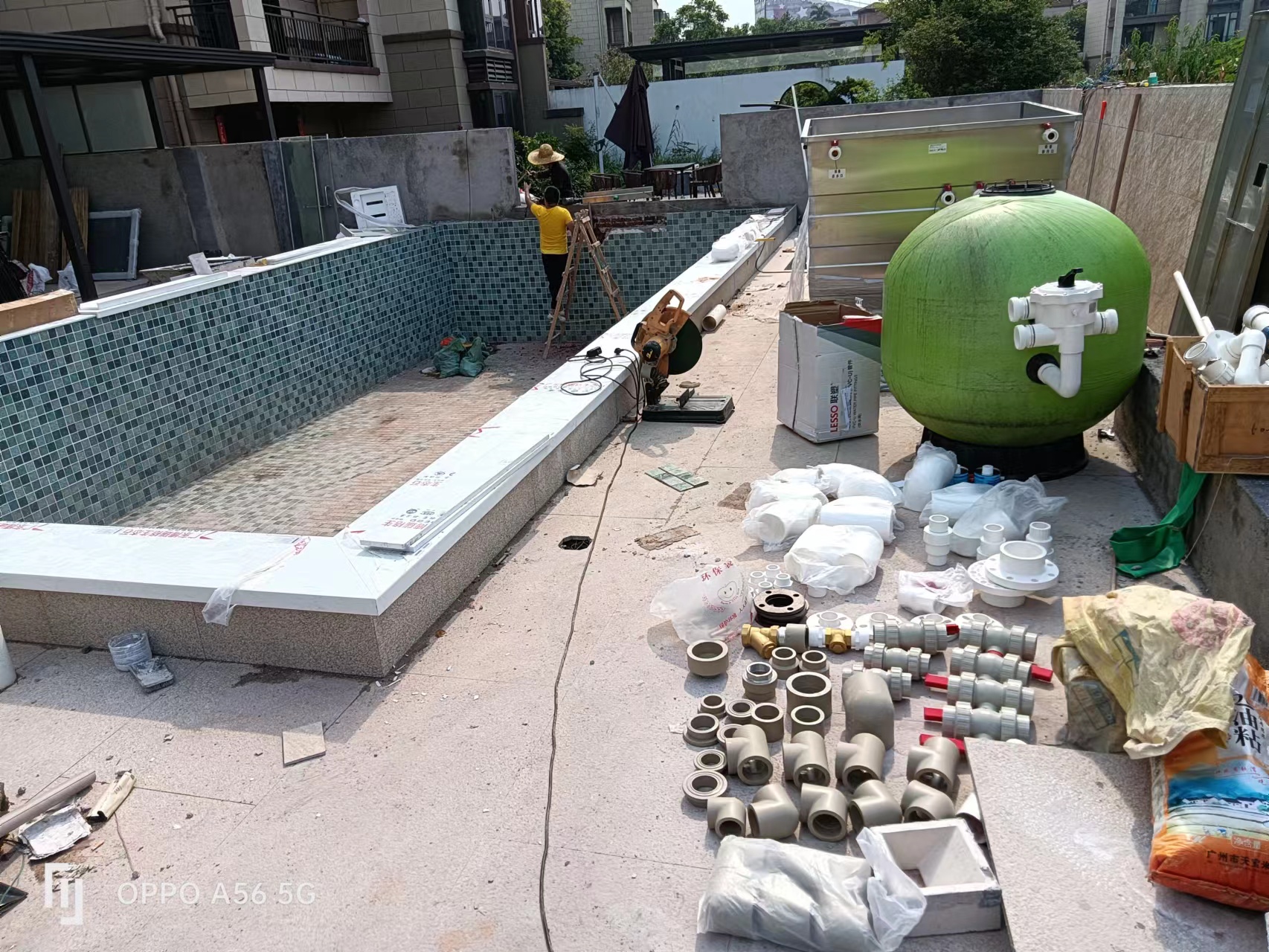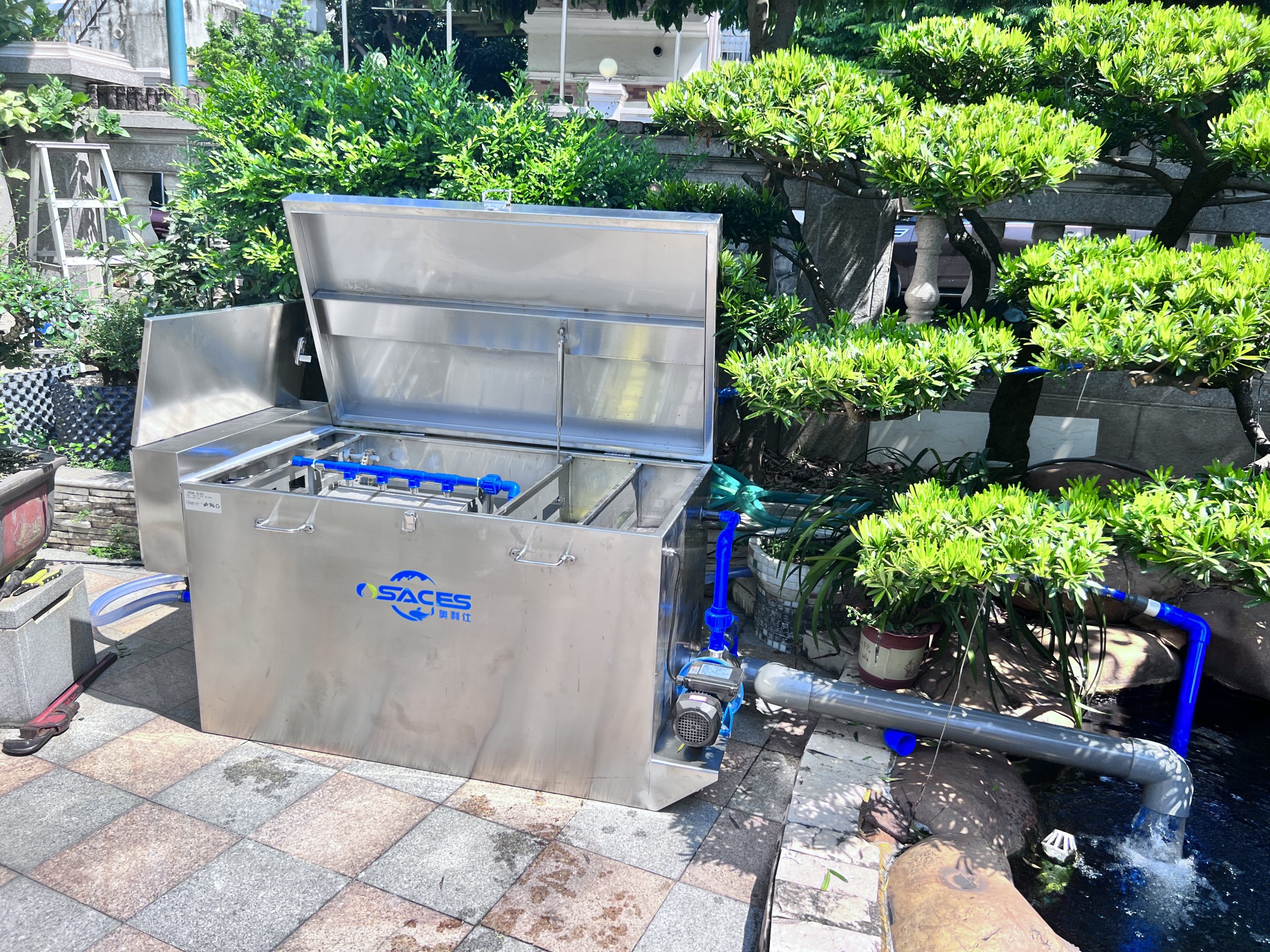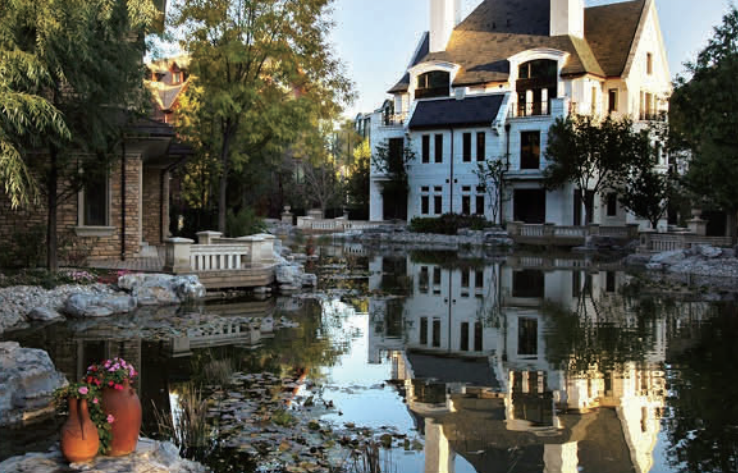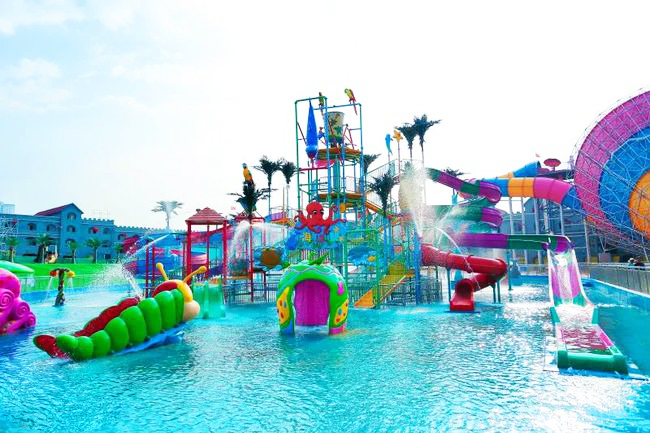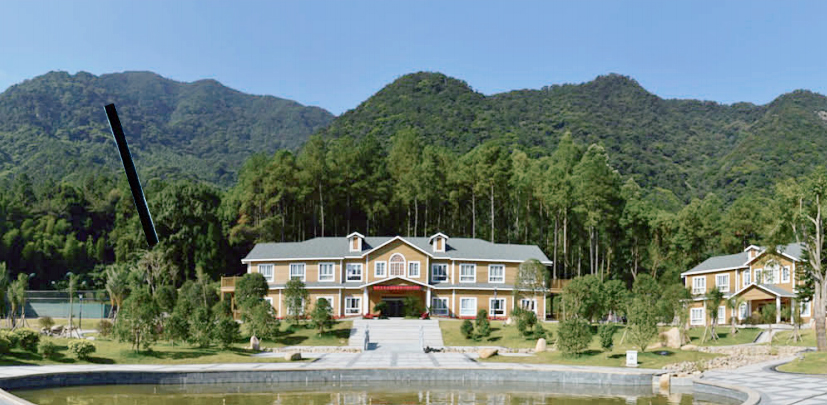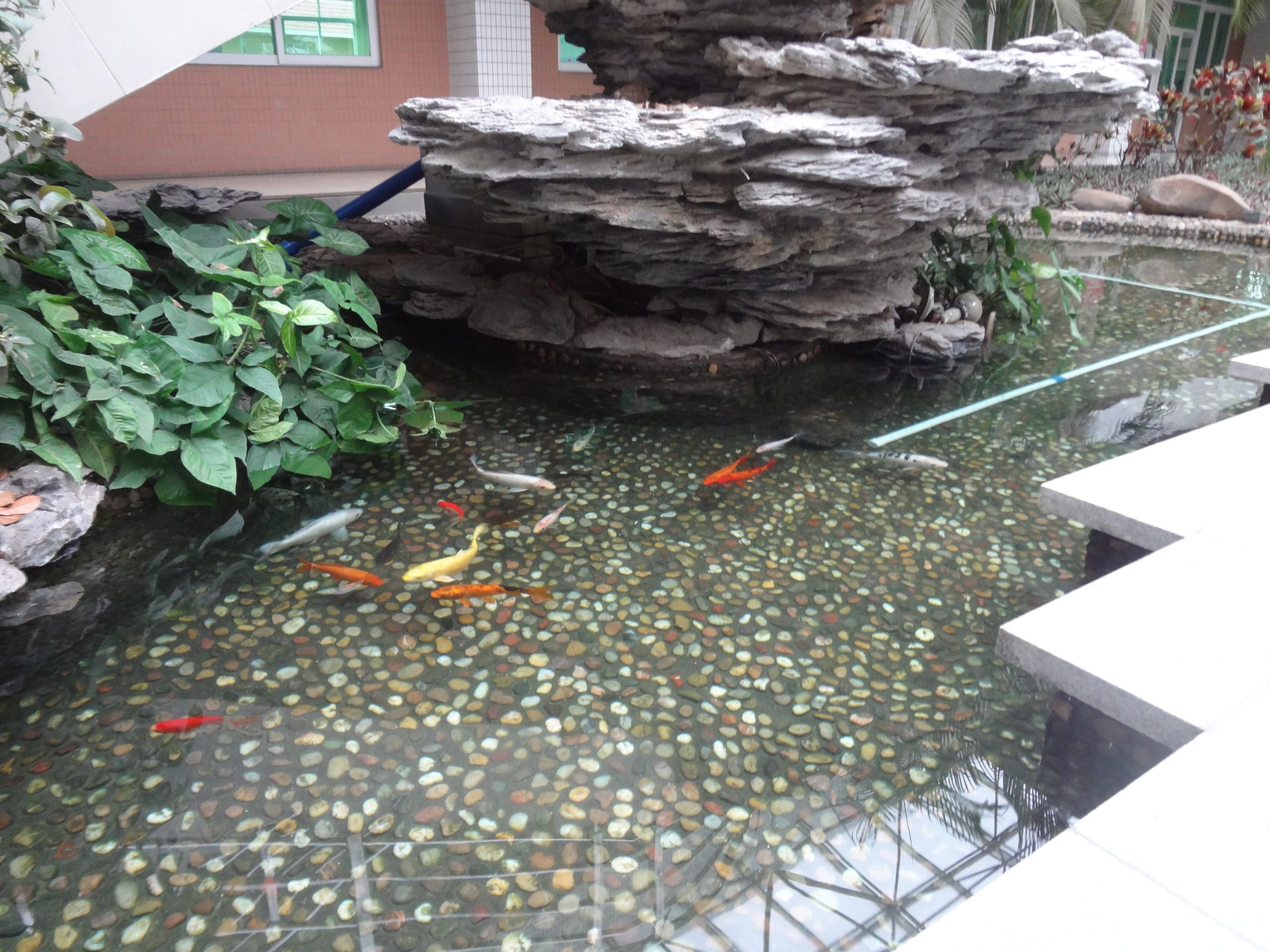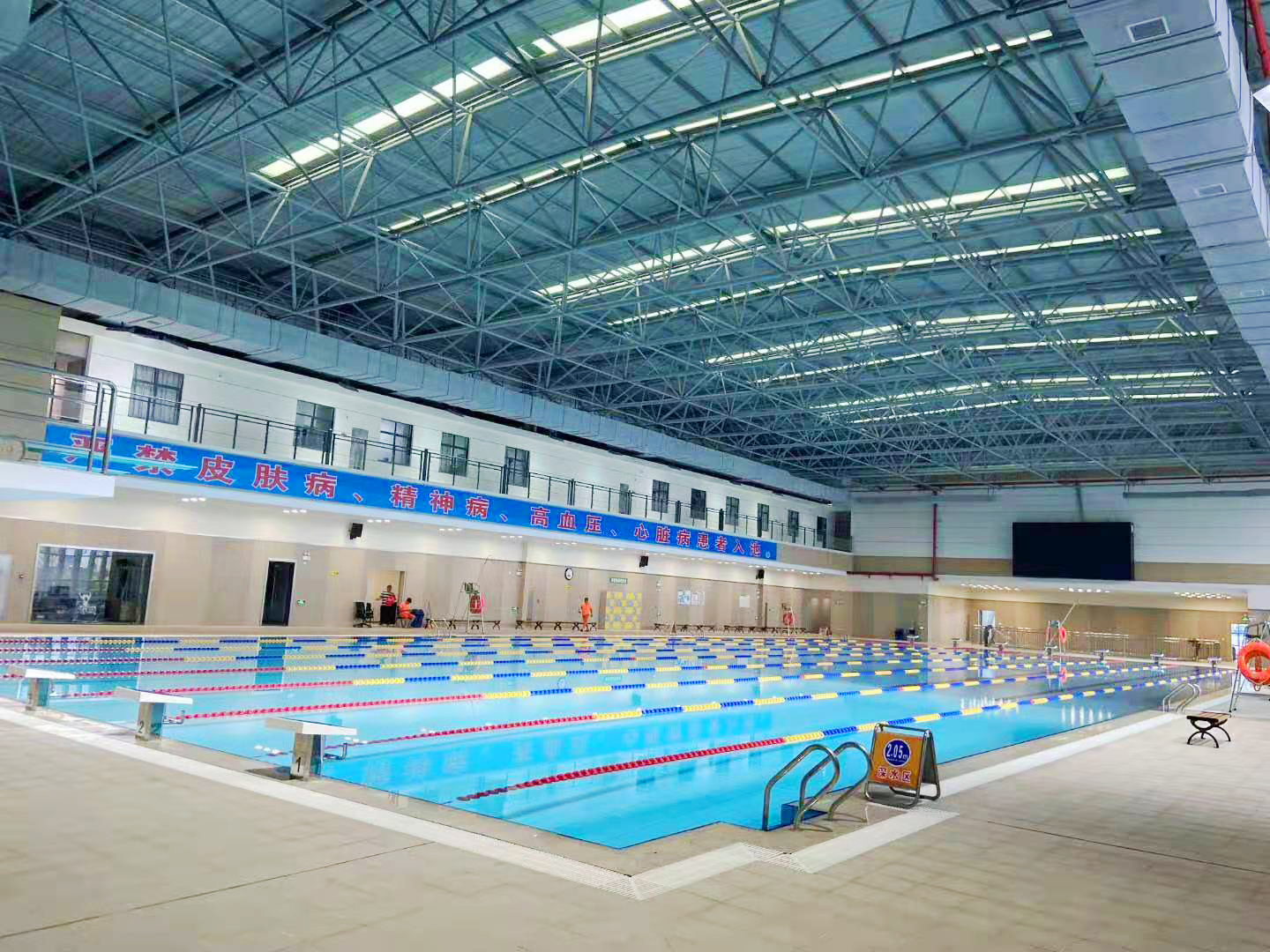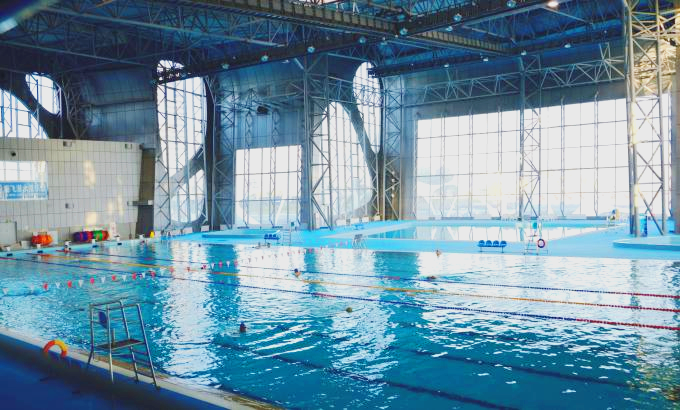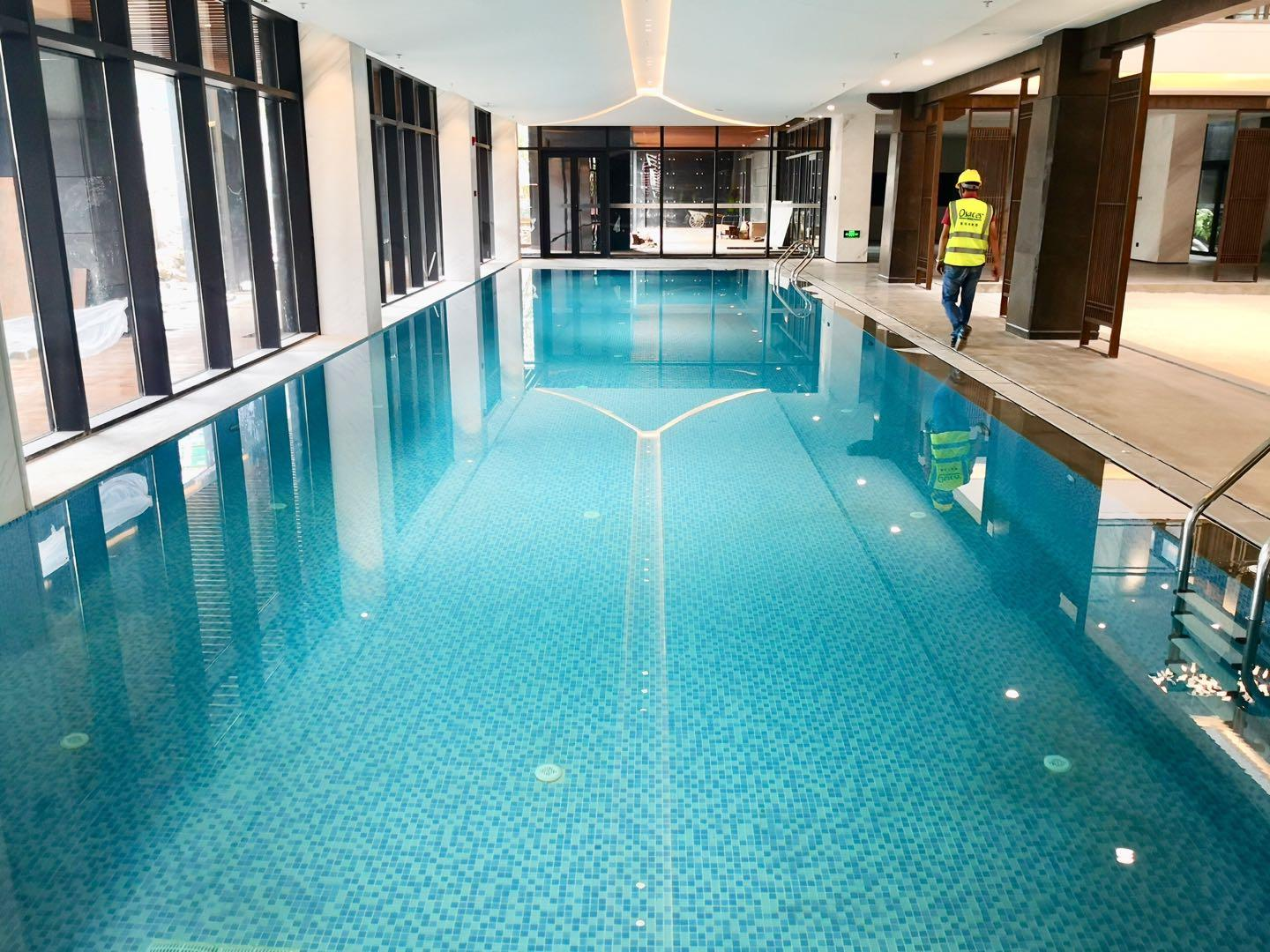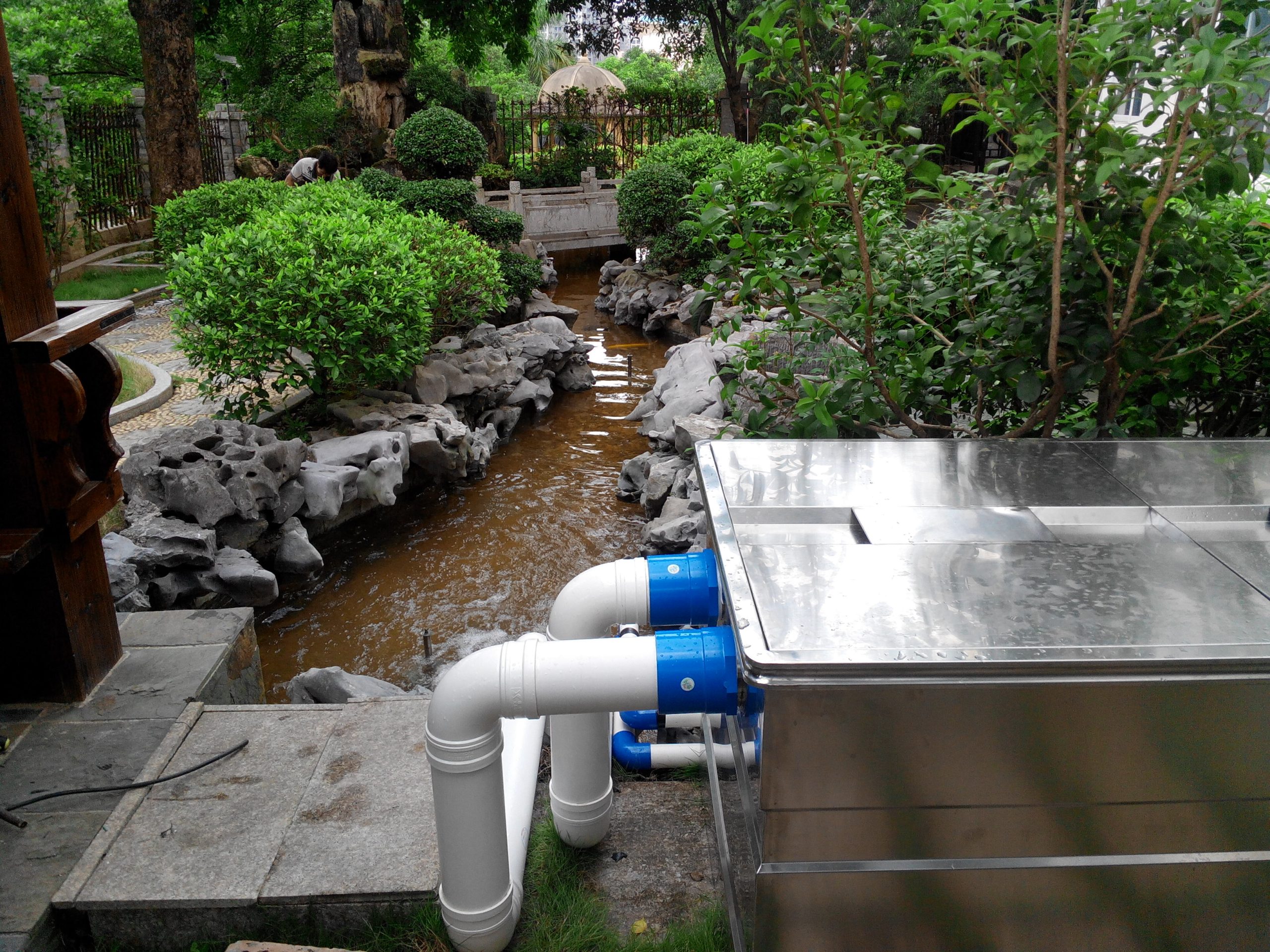common problems
contact details
 Ollies (Guangzhou) Recreation and Sports Equipment Co.
Ollies (Guangzhou) Recreation and Sports Equipment Co.Tel: (020) 82686289
Fax: 020-82694853
Headquarter: No.31-37, Xincun 2 Road, Shangjiang North Street, Dongzhou Village, Xintang Town, Zengcheng City, Guangzhou, Guangdong, China
Guidelines for safe spring and summer storage management of koi after overwintering
Winter water temperatures are low and koi are slow to metabolize and may even be semi-dormant. Temperatures return in spring, but fluctuate greatly, which can easily lead to disease. Therefore, management of the transition period requires gradual adjustment of water temperature, resumption of feeding, and checking fish health. Meanwhile, water quality management is also important, especially as snowmelt or rain may affect pH and algae growth.
Newcomers often ask when to start increasing the amount of feeding, how to monitor water quality, and how to deal with parasites. Attention should also be paid to the differences in different regions, such as the effects of rainy south and sandy north, which may require different countermeasures. In addition, equipment maintenance and economic efficiency optimization are also points of concern for users, such as how to make their own tools to save costs.


I. Key Steps for Winter Wrap-Up and Early Spring Transition
1. Ice-breaking water activation (water temperature 3-8°C)
Core issues: Ammonia buildup due to anaerobic bacterial mortality during the freeze-up period
Solution:
- Physical Icebreaker: If the ice layer is >5cm, use an electric drill to open a 20cm diameter ventilation hole (to avoid vibration damage to the fish body)
- Colony Reconstruction: Spraying low-temperature tolerant nitrifying bacteria (Bacillus subtilis strains preferred) at 0.5 g/m³.
- Toxin neutralization: Add sodium humate 10g per ton of water to adsorb heavy metals and residual methane
Validation Methods:
Test the bottom water after 48 hours of ice-breaking, dissolved oxygen > 4mg/L and no rotten egg odor will meet the standard.
2. Progressive feeding initiation (water temperature 8-18°C)
Metabolic Regulation Program:
- 8-12°C stage:
- Feeding of germ feed (protein ≤ 351 TP3T), once a day, dosage = fish weight × 0.31 TP3T
- Add aquatic special multi-vitamin (3g per kilogram of feed), repair intestinal mucosa
- 12-18°C stage:
- Switch to broodstock feed (protein 38%) twice daily, feeding rate = fish weight × (water temperature - 10) ÷ 100
- Lactobacillus freeze-dried powder (10⁸ CFU/kg feed) to enhance digestibility
Taboo: Water temperature fluctuation ± 3℃ / 24 hours need to stop eating to prevent enteritis.
II. Spring core management module
1. Temperature difference buffer system construction
Layered temperature control method:
- Water body structure: Maintain the pool depth ≥ 1.2 meters, the bottom layer retains 30cm silt layer (the north needs to be thickened to 50cm)
- Shading Strategies:
- Adjustable awning used in the south (covers 60% area from 9:00-15:00)
- Floating EPDM foam panels (5cm thickness, 40% coverage) are used in the North
- Emergency Response Program: Heating at a rate of 1.5°C/hour in the event of a sudden cold snap (300W/tonne of water heating rod)
Effectiveness Verification: Record the water temperature curve for 5 consecutive days, day and night fluctuations ≤ 4 ℃ is qualified.
2. Specialized maintenance of gill health
Spring gill disease prevention process:
- Microscopic examination: The second pair of gill arches of three koi were taken after the beginning of spring and examined at 400x
- Fingerlings >5/field of view: 0.3ppm mebendazole bath
- Wheelworms found: 2% salt water immersion for 15 minutes/day x 3 days
- Functional feeds: Add 0.2% astragalus polysaccharide (2g per kg of feed) for 14 days
- Water flow optimization: The difference in water flow rate between the main pool and the filtration bin was maintained at 0.1-0.3m/s to promote gill mucus renewal
3. Reproductive regulation and energy reserves
Pre-spawning management:
- Separate pools for males and females: When the water temperature stabilizes at 15°C, divide the pools according to the female-to-male ratio of 3:1 (to prevent premature births)
- Nutritional fortification:
- Female: add 3% spirulina powder + 1% astaxanthin
- Males: add 2% Antarctic krill meal + 0.5% zinc preparation
- Artificial ovarian stimulation: Simulated daily morning rainfall at water temperature 18°C (spray intensity 15L/m²-h)
Energy Reserve Standard: Pre-summer koi dorsal muscle thickness up to body height 15%-18% (caliper measurements).
Third, the differentiation scene operation points
Scenario 1: Northern tundra (northeast/northwest)
- Delayed food opening strategy: Water temperature stabilizes >10°C before initiating feeding (usually 2-3 weeks later than in North China)
- Scale protection measures: Splash collagen peptide (50ml/m³) once a week to repair winter frostbite scales
- Special sterilization: Replacement of chlorine formulation with 0.11 TP3T potassium persulfate complex to avoid low temperature failure
Scenario 2: Southern Acidic Soil and Water Zone (Yunnan-Guizhou/Two-Guangzhou)
- Calcium supplementation: Oyster shells (5kg/m²) are spread on the bottom of the pool to slowly release calcium carbonate.
- Acid rain prevention plan: Setting up automatic rain shelters (triggered off at pH < 6.0)
- Anti-stress training: Artificially created short bursts of water 2 times per week (30 minutes each)
Scenario 3: Retrofitting an old pool
- Leak Repair: Treatment of cracks with underwater curing polyurethane (20 minutes initial set)
- Oxygenation upgrade: Nano aeration tube + whirlpool fan (air-water ratio 1:1.5) instead of the traditional air stone
- Bird protection system: Installation of laser bird repellers (650 nm, automatic night scanning)
IV. Summer energy storage preparatory period (30 days before the beginning of summer)
1. Growth Spurt Nutrition Program
- Protein step-up: Increase feed protein by 21 TP3T per week, eventually reaching 421 TP3T
- Fat regulation: Add 2% fish oil + 1%CLA conjugated linoleic acid
- Ingestion promotion techniques: Tap the pool wall 3 times a day at a fixed time to establish conditioned reflexes
2. Pre-summer facilities inspection checklist
|
sports event |
(an official) standard |
Detection Tools |
|
UV Resistance Rating of Sunshade Mesh |
UPF50+ |
UV test card |
|
Circulating water pump efficiency |
≥8000L/h-kW |
Flow meter + power meter |
|
Emergency generator range |
Full load operation ≥ 8 hours |
Diesel engine test run |
3. Microbial balance building
- EM bacteria amplification: Brown sugar:EM stock solution:water=1:1:20, aeration culture 72 hours
- Directed algae cultivation: Application of diatom nutrients (N:P:Si =16:1:20) inhibited cyanobacteria
- Biofilm Conservation: For those with brush filters, backwash monthly with raw pool water (tap water is prohibited)
V. Key risk prevention and control timelines
|
time interval |
Core risks |
Response program |
|
Hibernation - Vernal Equinox |
Water mold outbreak |
Daily splashing with 0.05% quinquefoil decoction |
|
around Ching Ming time |
Parasite larvae hatch |
Whole pool splashing of picloram (1.5ml/m³) |
|
One week before the start of summer |
Dissolved oxygen plummets during heavy convection |
Early opening of pure oxygen bottles (1L/min-ton of water) |
VI. Practical validation of the indicator library
- Metabolic Health: Completion rate of feeding within 30 minutes after baiting > 90%
- Water safety: ORP value stabilized at 280-320mV range
- Growth potential: Monthly increase in body length ≥ 3 cm in April-May (30 cm size fish)
- Basis of disease resistance: Body surface mucus thickness > 0.1 mm (microscopic micrometer observation)
Ultimate Goal Achievement Path:
Through the four-stage management of overwintering period dormancy → early spring metabolic activation → late spring body strengthening → early summer sprint preparation, the average daily weight gain of koi in summer can reach 1.2-1.8g (30cm individuals), while the incidence of seasonal diseases can be controlled below 5%.The core key lies in grasping the linear relationship between water temperature and feeding, and establishing a strong correlation between the fish's biological clock and the owner's operation. For more information, please contact: 020-82686289
Related content
- Homeostatic regulation of fish pond water quality: a systematic solution based on nitrification kinetics and nutrient thresholds
- Koi Pond Maintenance and Protection Guide during the Rainy Season | The Veteran Driver's Handbook of Dampness and Disease Prevention
- Pool water circulation system maintenance guide, goodbye to cloudy water quality to create four seasons of translucent "liquid sapphire".
- From zero to professional: a complete guide to pool equipment configuration that even a beginner can understand
- The Golden Ratio of Swimming Pool Ventilation and Dehumidification Systems: The Balancing Act of Airflow, Humidity and Energy Consumption
- Specific benefits of dehumidifiers for new swimming pools
- Industrial solutions for fish pond water quality management: How to break through the bottleneck of traditional operation and maintenance of filtration systems?
